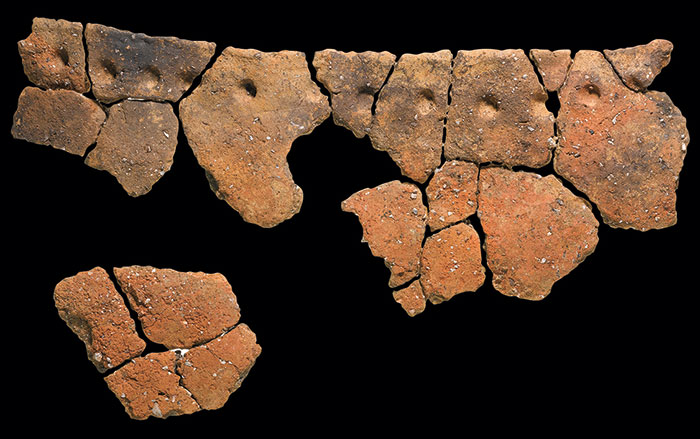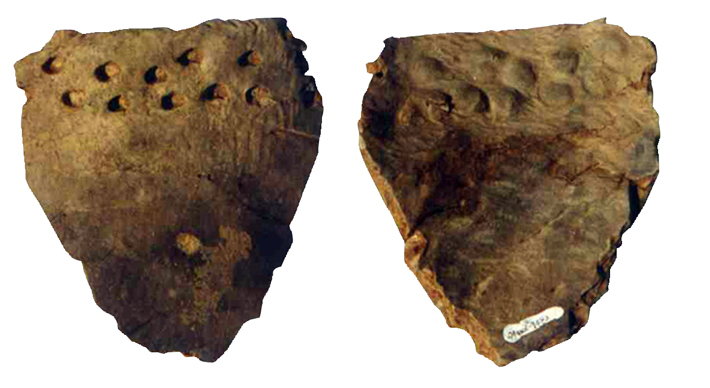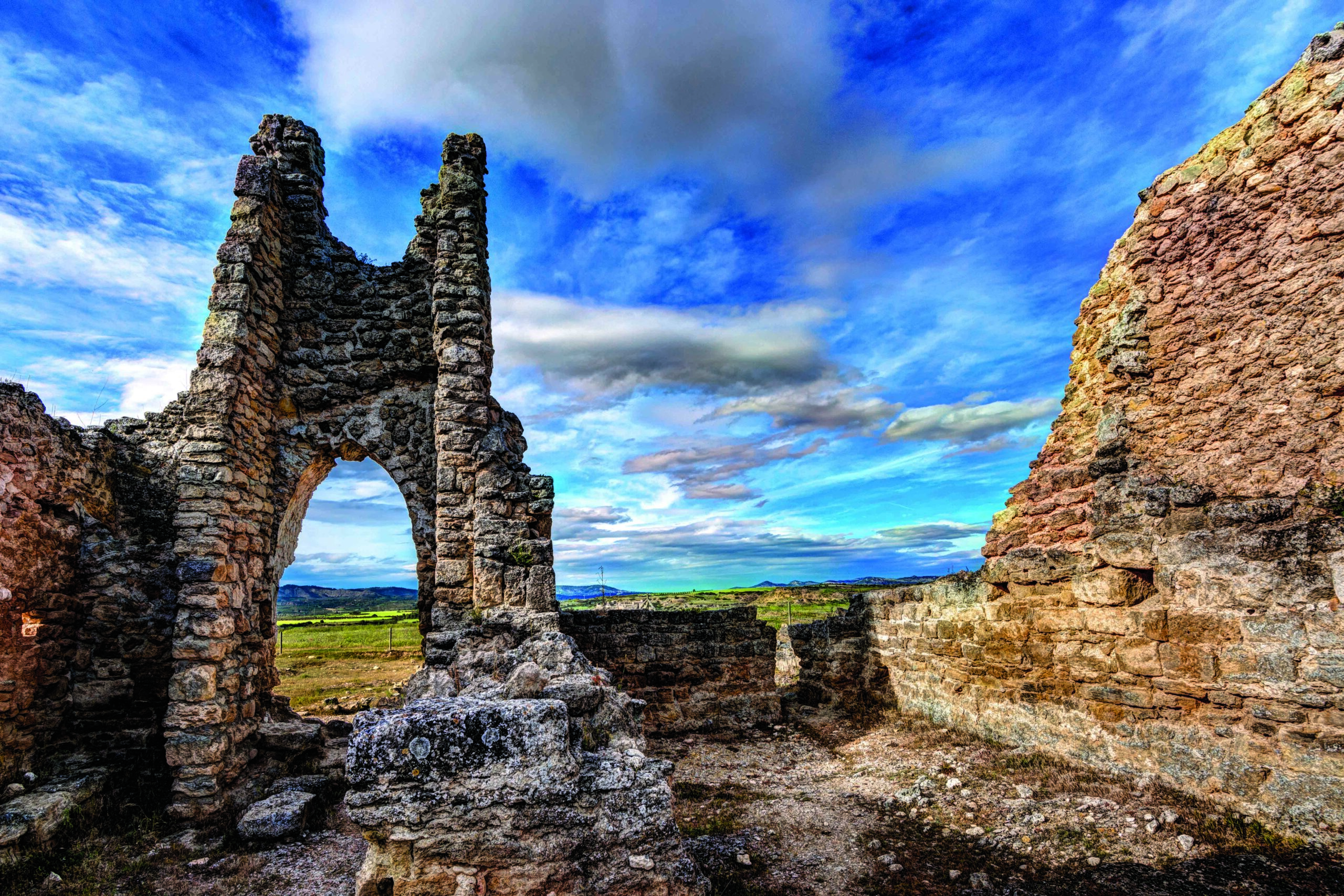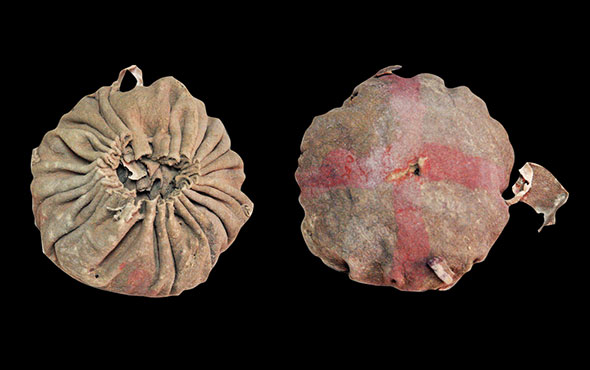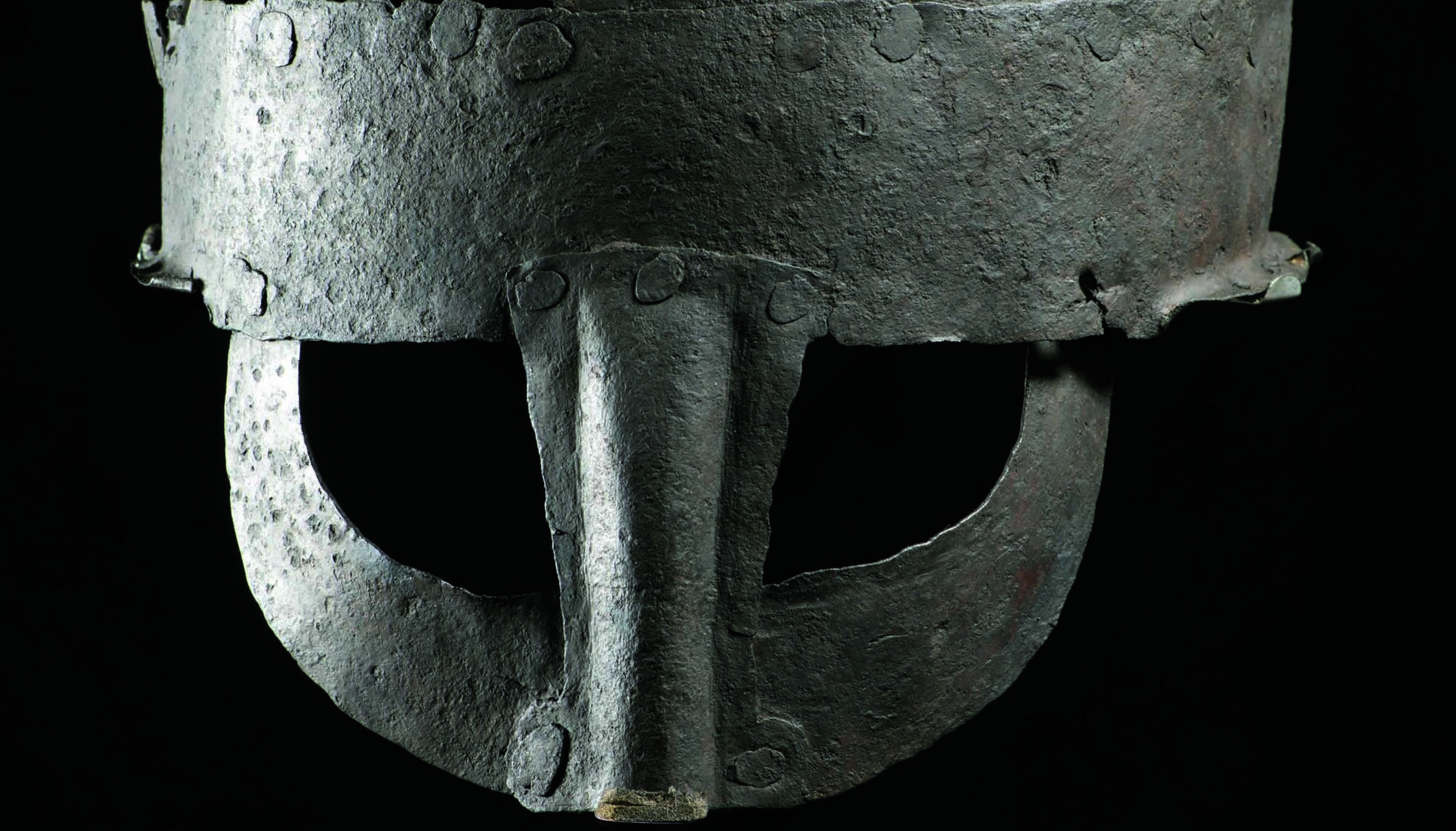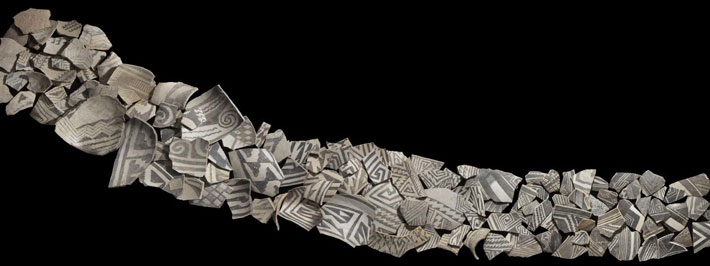
FLAGSTAFF, ARIZONA—According to a statement released by Northern Arizona University, researchers Leszek Pawlowicz and Chris Downum used a form of machine learning known as Convolutional Neural Networks (CNNs) to sort pottery fragments into stylistic categories. Different types of pottery can be correlated with different groups of people and time periods, and therefore provide valuable information about archaeological sites. But identifying these pottery types by hand is time-consuming. Pawlowicz and Downum first collected thousands of digital photographs of examples of fragments of Tusayan White Ware, which is often found in northeastern Arizona, and asked experts to classify each photograph by its type of pottery design. These photographs were then used to “train” a computer to learn pottery types. Pawlowicz said that the computer was eventually able to identify pottery types, sometimes with greater accuracy than the human experts. The machine was also able to create color-coded maps to show which design features on a pottery fragment were used to make a classification. This information was then used to sort though the images and find the pieces that were most similar to each other, which may eventually facilitate the reconstruction of ancient vessels, or the identification of stylistic similarities across communities. To read about how researchers used technology to identify how many hands contributed to the writing of 2,700-year-old Hebrew inscriptions, go to "Reading, Writing, and Algorithms."



